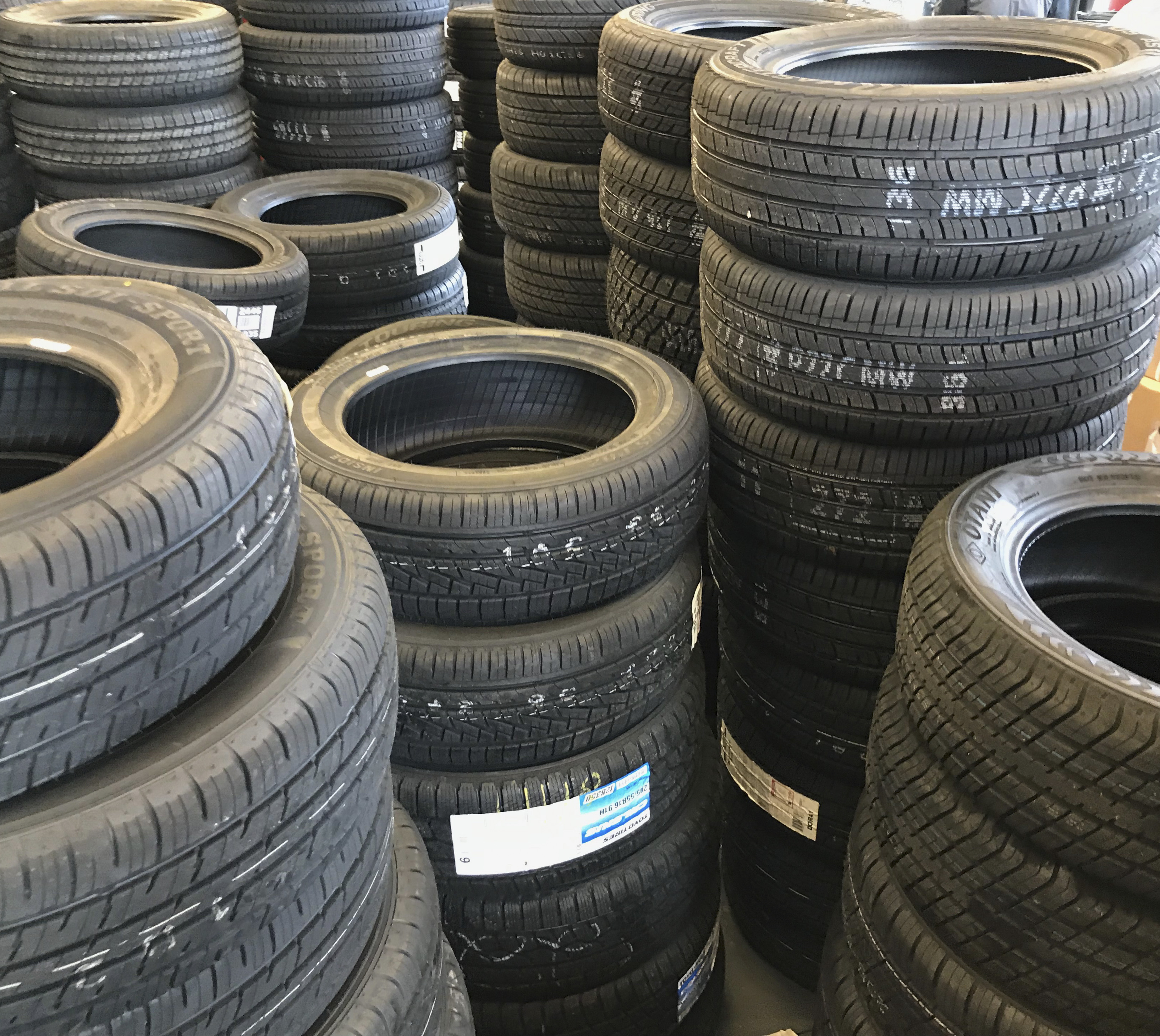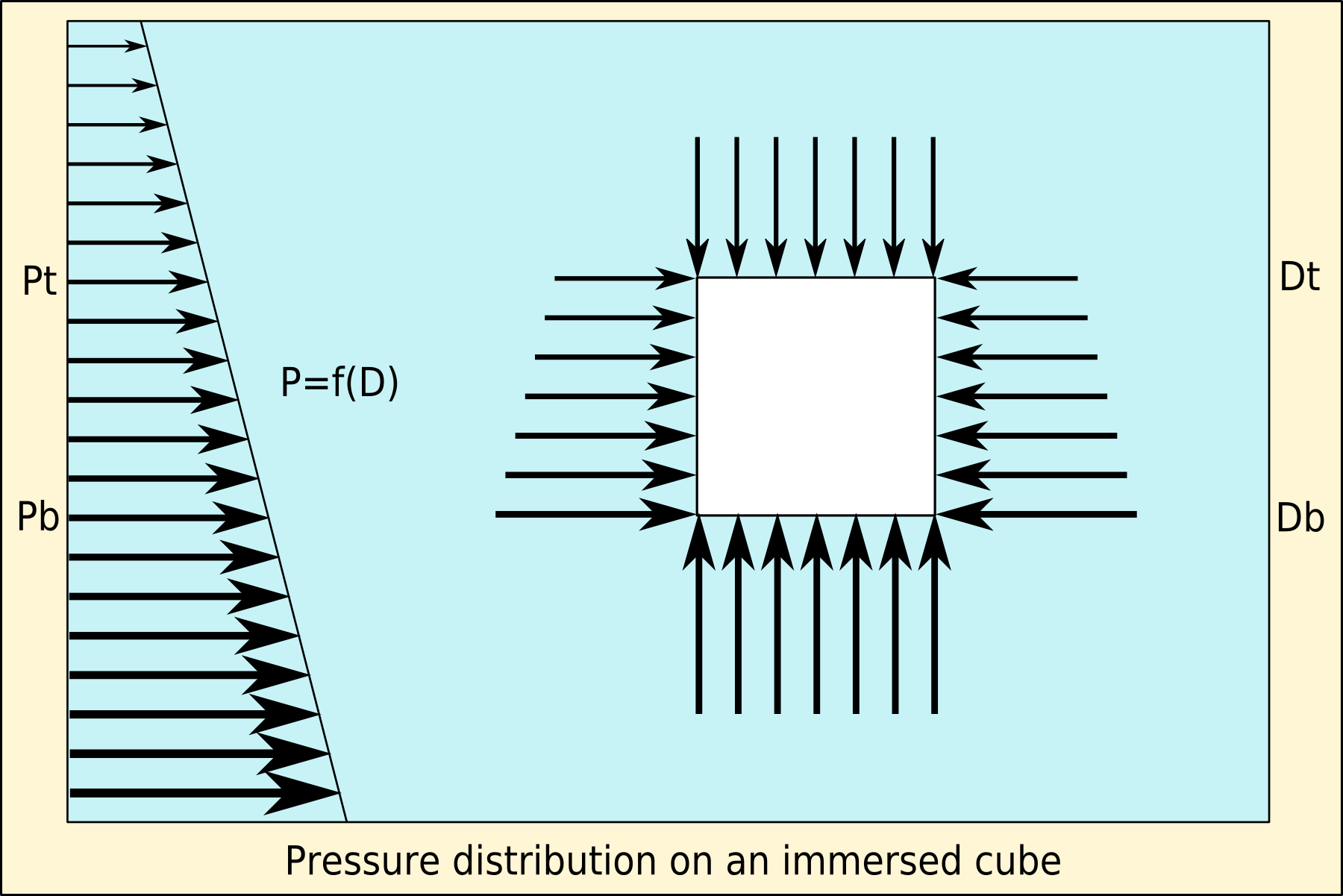|
ZIL-PKU-1
The ZIL-PKU-1 (), also known as ZIL-PTKS-1, was a soviet Airoll combining Tire, pneumatic tires and Continuous track, continuous tracks, creating an All-terrain vehicle, all-terrain amphibious vehicle with the aim of traversing difficult terrain, as well as achieving great buoyancy. The first prototype was developed in 1965 by the ZiL Design Office under the direction of B. A. Grachev. Notes References Military vehicles of the Soviet Union ZiL vehicles Vehicles introduced in 1965 {{Mil-vehicle-stub ... [...More Info...] [...Related Items...] OR: [Wikipedia] [Google] [Baidu] |
Soviet Union
The Soviet Union,. officially the Union of Soviet Socialist Republics. (USSR),. was a List of former transcontinental countries#Since 1700, transcontinental country that spanned much of Eurasia from 1922 to 1991. A flagship communist state, it was nominally a Federation, federal union of Republics of the Soviet Union, fifteen national republics; in practice, both Government of the Soviet Union, its government and Economy of the Soviet Union, its economy were highly Soviet-type economic planning, centralized until its final years. It was a one-party state governed by the Communist Party of the Soviet Union, with the city of Moscow serving as its capital as well as that of its largest and most populous republic: the Russian Soviet Federative Socialist Republic, Russian SFSR. Other major cities included Saint Petersburg, Leningrad (Russian SFSR), Kyiv, Kiev (Ukrainian Soviet Socialist Republic, Ukrainian SSR), Minsk (Byelorussian Soviet Socialist Republic, Byelorussian SSR), Tas ... [...More Info...] [...Related Items...] OR: [Wikipedia] [Google] [Baidu] |
Amphibious Vehicle
An amphibious vehicle (or simply amphibian), is a vehicle that is a means of transport viable on land as well as on or under water. Amphibious vehicles include amphibious bicycles, ATVs, cars, buses, trucks, railway vehicles, combat vehicles and hovercraft. Classic landing craft are not amphibious vehicles as they do not offer any real land transportation at all, although they are part of amphibious warfare. Ground effect vehicles, such as ''ekranoplans'', will likely crash on any but the flattest of landmasses so are also not considered to be amphibious vehicles. General technical notes Apart from the distinction in sizes mentioned above, two main categories of amphibious vehicles are immediately apparent: those that travel on an air-cushion ( Hovercraft) and those that do not. Amongst the latter, many designs were prompted by the desire to expand the off-road capabilities of land-vehicles to an "all-terrain" ability, in some cases not only focused on creating a t ... [...More Info...] [...Related Items...] OR: [Wikipedia] [Google] [Baidu] |
Airoll
Airoll is a system of vehicle propulsion that attempts to combine the strengths of air filled tires with those of caterpillar tracks to create an all-terrain amphibious vehicle while maintaining a reasonable speed and payload capacity. First conceived in the 18th century, the concept was still a novelty in the mid 20th century, which saw rapid development of the idea into practical vehicles by the United States, the Soviet Union, and multiple civilian enterprises. The most notable of these vehicles is perhaps the XM769 Marginal Terrain Vehicle, which is on display at the Marine Corps Mechanized Museum at Camp Pendleton, California. Etymology Airoll is likely a combination of the words "Air" and "Roll", concisely describing the principle in which air filled tires are linked together and used to 'roll' a vehicle over any surface. The first instance of the term "Airoll" being used to describe a vehicle is in a November 1960 test report on the 1960 BorgWarner test platform. ... [...More Info...] [...Related Items...] OR: [Wikipedia] [Google] [Baidu] |
Tire
A tire (American English) or tyre (British English) is a ring-shaped component that surrounds a wheel's rim to transfer a vehicle's load from the axle through the wheel to the ground and to provide traction on the surface over which the wheel travels. Most tires, such as those for automobiles and bicycles, are pneumatically inflated structures, which also provide a flexible cushion that absorbs shock as the tire rolls over rough features on the surface. Tires provide a footprint, called a contact patch, that is designed to match the weight of the vehicle with the bearing strength of the surface that it rolls over by providing a bearing pressure that will not deform the surface excessively. The materials of modern pneumatic tires are synthetic rubber, natural rubber, fabric, and wire, along with carbon black and other chemical compounds. They consist of a tread and a body. The tread provides traction while the body provides containment for a quantity of compressed ... [...More Info...] [...Related Items...] OR: [Wikipedia] [Google] [Baidu] |
Continuous Track
Continuous track is a system of vehicle propulsion used in tracked vehicles, running on a continuous band of treads or track plates driven by two or more wheels. The large surface area of the tracks distributes the weight of the vehicle better than steel or rubber tires on an equivalent vehicle, enabling continuous tracked vehicles to traverse soft ground with less likelihood of becoming stuck due to sinking. Modern continuous tracks can be made with soft belts of synthetic rubber, reinforced with steel wires, in the case of lighter agricultural machinery. The more common classical type is a solid chain track made of steel plates (with or without rubber pads), also called caterpillar tread or tank tread, which is preferred for robust and heavy construction vehicles and military vehicles. The prominent treads of the metal plates are both hard-wearing and damage resistant, especially in comparison to rubber tyres. The aggressive treads of the tracks provide good t ... [...More Info...] [...Related Items...] OR: [Wikipedia] [Google] [Baidu] |
All-terrain Vehicle
An all-terrain vehicle (ATV), also known as a light utility vehicle (LUV), a quad bike, or simply a quad, as defined by the American National Standards Institute (ANSI); is a vehicle that travels on low-pressure tires, with a seat that is straddled by the operator, along with handlebars for steering control. As the name implies, it is designed to handle a wider variety of terrain than most other vehicles. Although it is a street-legal vehicle in some countries, it is not street-legal within most states, territories and provinces of Australia, the United States or Canada. By the current ANSI definition, ATVs are intended for use by a single operator, although some companies have developed ATVs intended for use by the operator and one passenger. These ATVs are referred to as tandem ATVs. The rider sits on and operates these vehicles like a motorcycle, but the extra wheels give more stability at slower speeds. Although most are equipped with three or four wheels, six-wheel mod ... [...More Info...] [...Related Items...] OR: [Wikipedia] [Google] [Baidu] |
Amphibious Vehicle
An amphibious vehicle (or simply amphibian), is a vehicle that is a means of transport viable on land as well as on or under water. Amphibious vehicles include amphibious bicycles, ATVs, cars, buses, trucks, railway vehicles, combat vehicles and hovercraft. Classic landing craft are not amphibious vehicles as they do not offer any real land transportation at all, although they are part of amphibious warfare. Ground effect vehicles, such as ''ekranoplans'', will likely crash on any but the flattest of landmasses so are also not considered to be amphibious vehicles. General technical notes Apart from the distinction in sizes mentioned above, two main categories of amphibious vehicles are immediately apparent: those that travel on an air-cushion ( Hovercraft) and those that do not. Amongst the latter, many designs were prompted by the desire to expand the off-road capabilities of land-vehicles to an "all-terrain" ability, in some cases not only focused on creating a t ... [...More Info...] [...Related Items...] OR: [Wikipedia] [Google] [Baidu] |
Buoyancy
Buoyancy (), or upthrust, is an upward force exerted by a fluid that opposes the weight of a partially or fully immersed object. In a column of fluid, pressure increases with depth as a result of the weight of the overlying fluid. Thus the pressure at the bottom of a column of fluid is greater than at the top of the column. Similarly, the pressure at the bottom of an object submerged in a fluid is greater than at the top of the object. The pressure difference results in a net upward force on the object. The magnitude of the force is proportional to the pressure difference, and (as explained by Archimedes' principle) is equivalent to the weight of the fluid that would otherwise occupy the submerged volume of the object, i.e. the displaced fluid. For this reason, an object whose average density is greater than that of the fluid in which it is submerged tends to sink. If the object is less dense than the liquid, the force can keep the object afloat. This can occur only in a n ... [...More Info...] [...Related Items...] OR: [Wikipedia] [Google] [Baidu] |
Military Vehicles Of The Soviet Union
A military, also known collectively as armed forces, is a heavily armed, highly organized force primarily intended for warfare. It is typically authorized and maintained by a sovereign state, with its members identifiable by their distinct military uniform. It may consist of one or more military branches such as an army, navy, air force, space force, marines, or coast guard. The main task of the military is usually defined as defence of the state and its interests against external armed threats. In broad usage, the terms ''armed forces'' and ''military'' are often treated as synonymous, although in technical usage a distinction is sometimes made in which a country's armed forces may include both its military and other paramilitary forces. There are various forms of irregular military forces, not belonging to a recognized state; though they share many attributes with regular military forces, they are less often referred to as simply ''military''. A nation's military ma ... [...More Info...] [...Related Items...] OR: [Wikipedia] [Google] [Baidu] |
ZiL Vehicles
OJSC AMO ZiL, known fully as the Public Joint-Stock Company – Likhachov Plant () and more commonly called ZiL (, was a major Russian automobile, truck, military vehicle, and heavy equipment manufacturer that was based in Moscow, Russia. The last ZiL vehicle was assembled in 2012. The company continues to exist only as real-estate development site, on which a new urban district will be built by the LSR Group construction company. History The factory was founded on 2 August 1916 as the Moscow Automotive Society or AMO (). The factory was completed in 1917, just before the Revolution, and was built south of Moscow near Moscow River in Tjufeleva grove. It was a modern building with the latest in American equipment and was designed to employ 6,000 workers. The plans were to produce Fiat F-15 1.5-ton trucks under license. Because of the October Revolution and the subsequent Russian Civil War, it took until 1 November 1924 to produce the first vehicle which was shown at a parad ... [...More Info...] [...Related Items...] OR: [Wikipedia] [Google] [Baidu] |




